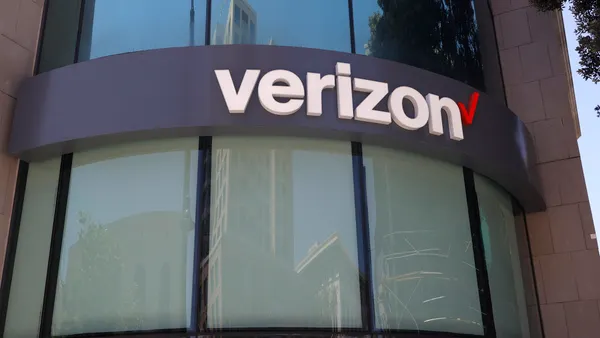Dive Brief:
- Collective bargaining talks call for action by employers and unions: Unions can go on strike while employers can "permanently replace" striking employees.
- The National Labor Relations Board (NLRB) recently reduced an employer's right to do the latter, depending on the employer's intentions, according to SHRM.
- Rather than putting replaced employees at the top of a "rehire" list, the NLRB ruled that an employer who designed its permanent replacement strategy to punish or deter employees has acted for an "independent unlawful purpose," according SHRM.
Dive Insight:
Peter List, CEO of Kulture, a national labor-employment consultancy, told SHRM that the NLRB decision means employers should only replace striking workers when ensuring continuous operations is critical, avoiding the chance it might be construed as violating the new NLRB rule.
Charles Wilson, a Houston-based with Cozen O'Connor, told SHRM that it might be more prudent for employers to look at the cost of implementing union proposals compared to using replacement workers before making any moves - thus avoiding higher costs and possible NRLB sanctions.
James Hays, an attorney with Sheppard Mullin in New York City, told SHRM that it's a no-win, as it raises the possibility that the NLRB's decision could drive a deeper wedge between unions and employers during strikes, in essence giving the two groups less reason to communicate and work out a solution.












